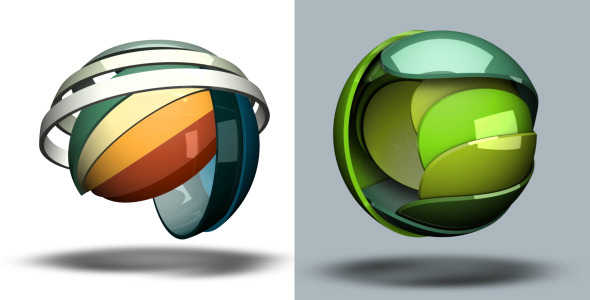


Establishment of modern Dubai ĭubai is thought to have been established as a fishing village in the early 18th century and was, by 1822, a town of some 700–800 members of the Bani Yas tribe and subject to the rule of Sheikh Tahnun bin Shakhbut of Abu Dhabi. The Venetian pearl merchant Gasparo Balbi visited the area in 1580 and mentioned Dubai ( Dibei) for its pearling industry. Īn early mention of Dubai is in 1095 in the Book of Geography by the Andalusian- Arab geographer Abu Abdullah al-Bakri. Excavations by the Dubai Museum in the region of Al-Jumayra ( Jumeirah) found several artefacts from the Umayyad period. After the spread of Islam in the region, the Umayyad Caliph of the eastern Islamic world invaded south-east Arabia and drove out the Sassanians. Prior to the introduction of Islam to the area, the people in this region worshiped Bajir (or Bajar). Pre-Islamic ceramics have been found from the 3rd and 4th centuries. The area was covered with sand about 5,000 years ago as the coast retreated inland, becoming part of the city's present coastline. The area was known to the Sumerians as Magan, and was a source for metallic goods, notably copper and bronze. Archaeological finds in the emirate of Dubai, particularly at Al-Ashoosh, Al Sufouh and the notably rich trove from Saruq Al Hadid show settlement through the Ubaid and Hafit periods, the Umm Al Nar and Wadi Suq periods and the three Iron Ages in the UAE. The history of human settlement in the area now defined by the United Arab Emirates is rich and complex, and points to extensive trading links between the civilisations of the Indus Valley and Mesopotamia, but also as far afield as the Levant. History īronze and iron alloy dagger, Saruq Al Hadid archaeological site (1100 BC) The poet and scholar Ahmad Mohammad Obaid traces it to the same word, but to its alternative meaning of "baby locust" ( Arabic: جراد) due to the abundance of locusts in the area before settlement.
An Arabic proverb says " Daba Dubai" ( Arabic: دبا دبي), meaning "They came with a lot of money." According to Fedel Handhal, a scholar on the UAE's history and culture, the word Dubai may have come from the word daba ( Arabic: دبا) (a past tense derivative of yadub ( Arabic: يدب), which means "to creep"), referring to the slow flow of Dubai Creek inland. One theory suggests the word used to be the souq in Ba. Many theories have been proposed as to the origin of the word "Dubai". 8.7 Address Beach Resort and Address Beach Residences.The city has a population of around 3.4 million (as of 2021). Oil production contributed less than 1 percent of the emirate's GDP in 2018. A centre for regional and international trade since the early 20th century, Dubai's economy relies on revenues from trade, tourism, aviation, real estate, and financial services. Oil revenue helped accelerate the development of the city, which was already a major mercantile hub. In the eastern Arabian Peninsula on the coast of the Persian Gulf, it is also a major global transport hub for passengers and cargo. Established in the 18th century as a small fishing village, the city grew rapidly in the early 21st century with a focus on tourism and luxury, having the second most five-star hotels in the world, and the tallest building in the world, the Burj Khalifa, which is over a half a mile tall. Dubai ( / d uː ˈ b aɪ/, doo- BY Arabic: دبي, romanized: Dubayy, IPA:, Gulf Arabic pronunciation: ) is the most populated city in the United Arab Emirates (UAE) and the capital of the Emirate of Dubai, the most populated of the 7 monarchies which together form the United Arab Emirates.


 0 kommentar(er)
0 kommentar(er)
